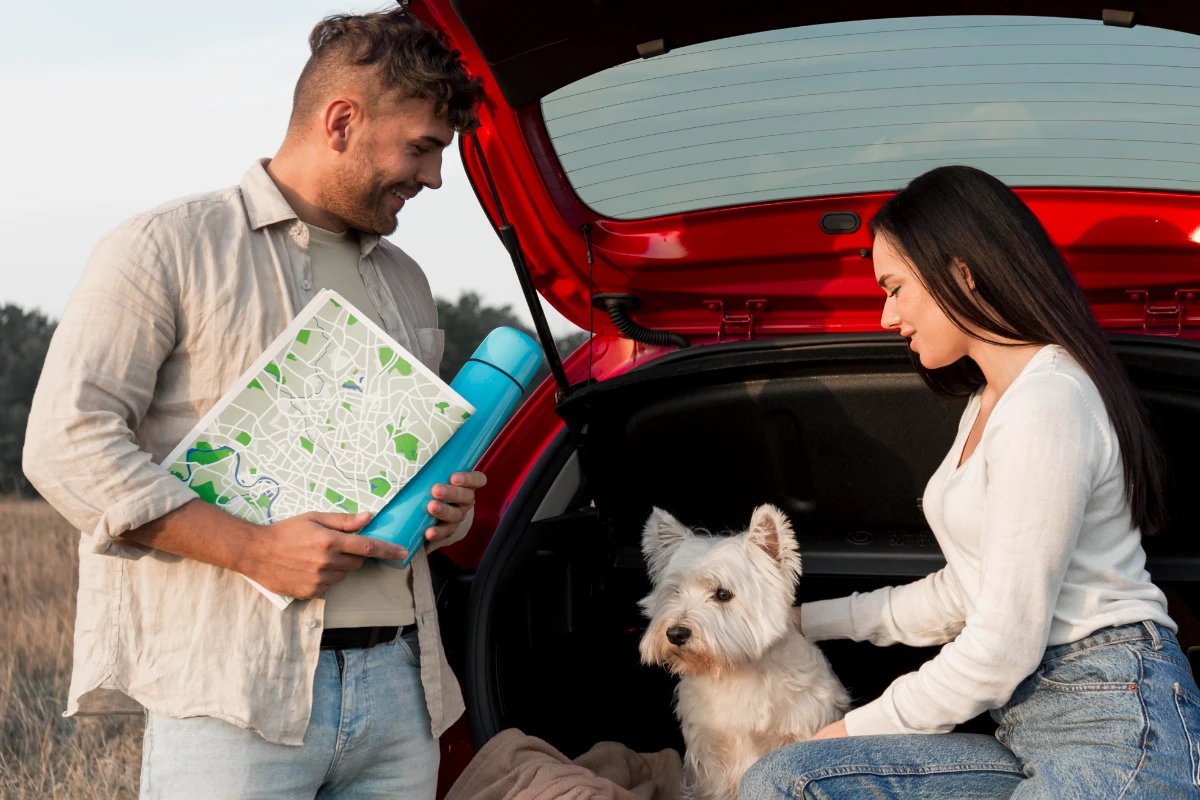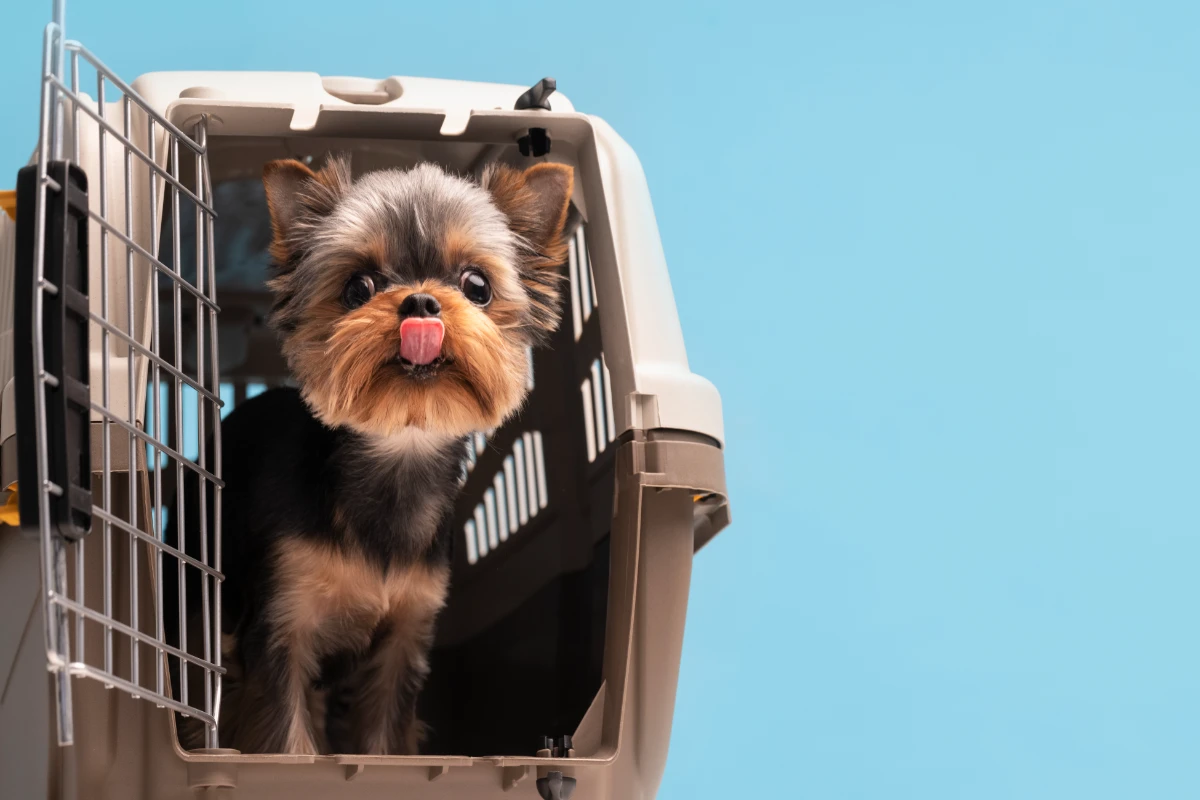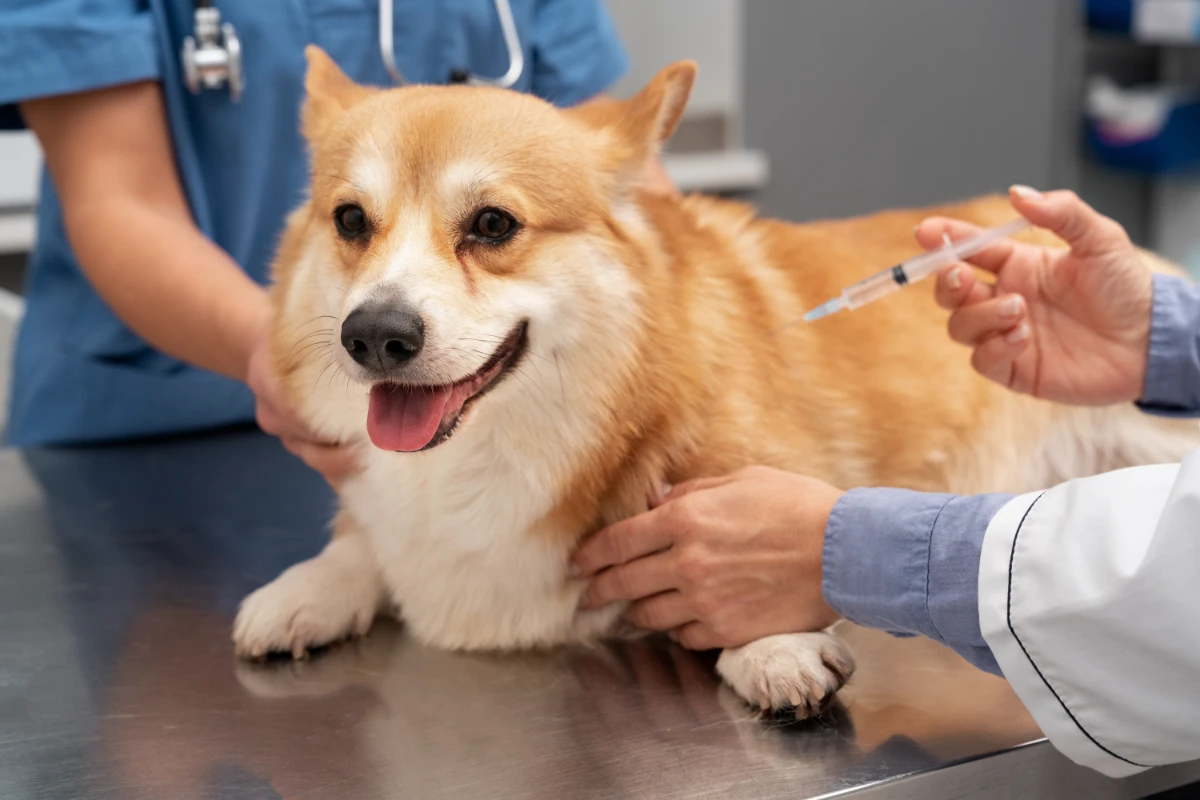
Pet Travel Between the United States and Canada
Pet traveling is becoming increasingly popular as people try to bring their furry pals along on trips and adventures. Whether it is a move or holiday, and even importing pets for business reasons while sometimes traveling with your pet must be carefully thought through almost always when you are crossing borders such as that of the United States to Canada.
Requirements for Pet Travel
The requirements for pet travel can vary depending on a number of factors, including:
- The destination country: Every country has particular needs concerning pets entering the land. However as these requirements may vary rather often it is necessary to contact the embassy or consulate of the destination country in good time before your travel.
- The type of pet: Various pets with unique needs may have. For instance, other countries regulate some breeds of dogs or cats.
- The mode of transportation: For pets traveling by air, land or sea; the needs are different.

However there are general requirements for pet travel:
Documentation Needed
If you want to travel with your pet, documentation serves as the cornerstone of pet travel. To enter the United States and Canada, you need to prepare a well-detailed list of documents to satisfy both laws.
- Proof of Ownership: Start with getting an official document that will prove you are the owner of this pet. This usually means registration certificates, adoption documents or sale receipts.
- Health Certificate: Get a health certificate signed by one of the licensed veterinarians, which demonstrates that your dog/cat is in good healthy condition and ready for transportation. In most cases, this certificate informs about small items such as the vaccination history of your pet and the information about recent medical examination results or specific health recommendations to keep when traveling abroad.
- Microchip Information: If your pet is microchipped, make sure that the chip has been registered and you have all of the documentation pertaining to it, such as its number along with any contact information.
- Import/Export Permits: The permits may differ as per the destination and type of pet you are traveling with; hence, it is important to obtain import/export permits from relevant government authorities. Carry out research on the particular needs of your pet’s species and destination to make sure it is compliant.
Vaccination Requirements
Vaccination requirements are an important consideration in pet travel since they help to curb the spread of infectious diseases and protect not only your furry friend but also other pets he or she may meet during their journey.
- Rabies Vaccination: If you intend to travel with your cat or dog that is three months and older from the United States, Mexico, or any other country not considered rabies-free then a current vaccination certificate for Rabies must be in possession. If asked you may need to provide evidence of the age for cats and dogs younger than three months.

- Be in English.
- The name of the pet, signature and date should be included.
- Describe the pet according to its age, type of breed, whether male or female and color/marks on it; weight and microchip number.
- Verify rabies vaccination with the date.
- Provide the name and serial number of vaccines traded.
- Duration of immunity, if any. Otherwise valid for one year from vaccination date.
- Core Vaccinations: Besides rabies there are other core vaccinations, including those against distemper and parvovirus which may be required or recommended based on the location of travel. Consult your vet to see whether your pet’s vaccinations are up-to-date regarding these diseases.
- Additional Vaccinations: However, your pet could require further vaccination based on the destination and particular potential dangers for your animal in this area. Consult your veterinarian to find out the vaccination laws for the destination country and see if any other vaccine is required.
- Documentation of Vaccination: Keep your pet vaccine records easily accessible, including the proof of rabies vaccination and any other required or recommended ones. They could be sought by airliner crew, border control officers or veterinary officials at various stages of your travel.
Choosing a Pet Travel Method
A preferred pet transport mode is selected under carefully considering all the requirements for smooth travels and guaranteeing comfort. Here’s a detailed exploration of the options available:
Driving

Pros:
- Flexibility: The driving option means where you can decide your own time and take the rest breaks as much as desired for food, feeding of pets or whatnot.
- Control: You control every aspect of your pet’s environment such as the warmth, noise levels and comfort.
- Bonding: Traveling by car is a great way to spend quality time with your pet while traveling on beautiful routes.
- Cost-Effective: In instances where the distances are small, driving can be a more cost-effective alternative to flying as this is also compounded by additional pet fees for air travel.
Cons:
- Time-Consuming: For instance long distance travels take up a lot of time especially in the case where the distance traveled is substantial.
- Stressful for Some Pets: However, not all pets like car rides so some may feel anxious or get sick while on the road.
- Limited Distance: While driving in general may not be practicable for traveling abroad or distant trips.
Flying
Pros:
- Speed: Flight is a lot quicker as compared to driving and hence appropriate for long-distance travels or overseas journeys.
- Convenience: Airlines run point to destination services straight from the airport, minimizing travel time and all other inconveniences.
- Comfort: Some airlines allow small pets to travel in the cabin with their owners, providing a comfortable and familiar environment. Pets traveling in the cabin must be small enough to fit comfortably under the seat in front of you. They must also remain calm throughout the flight.
- Note: Larger pets will travel in the cargo hold. Ensure their crate is well-ventilated, labeled properly, and provides ample space for movement.
- Professional Assistance: Airlines have experience handling pet travel and can provide guidance and assistance throughout the process.
Cons:
- Cost: Traveling with pets is costly, including pet tickets and a number of other requirements.
- Regulations: Airlines also have stringent rules regarding pet hazard including having served by the limit canine breeds additionally wellbeing necessities.
- Stressful for Pets: Flying can be very stressful for pets, particularly if they are in the cargo hold or separated from their owners.
- Limited Control: After your pet is registered, you may have little power over the condition they enter until they reach where you are going to.
Preparing Your Pet for Travel
Traveling with your pet obviously involves more than packing his favorite toys. These needs are the health and well-being of their individuals throughout the trips.
Health Check-ups
Before embarking on a trip, visit the veterinary doctor to ensure all health check-ups are finalized. Make sure your pet is healthy and get any medications prescribed for the destination or preventive treatments recommended.
Acclimatization to Travel
A month before the trip, introduce your pet to their travel carrier or crate so that they get used to it. Therefore, the length of time within a carrier should be gradually increased to minimize travel anxiety.
Health and Safety Concerns

With pet travel some health and safety concerns must be considered by the owner in advance.
Temperature Control
- Temperature Regulation: Pets are stress sensitive to temperature extremes and therefore should remain in a comfortable environment throughout the entire trip. In air travels, cargo holds will vary at temperature levels so select flights that minimize exposure to high temperatures.
- Heatstroke Prevention: In addition to high temperatures that risk situations such as heat stroke for pets, especially those in the cargo hold or confined areas. Ensure sufficient ventilation and ways of cooling to alleviate overheating, especially if the heat is too intense not to be bypassed.
- Cold Weather Precautions: Similarly, cold weather can pose risks to pets, particularly those with short coats or health conditions. Provide insulated bedding and protective clothing if necessary, and avoid prolonged exposure to freezing temperatures.
Hydration and Nutrition
- Water Access: Ensure that your pet has access to fresh water at all times during travel. Use spill-proof containers and offer water regularly, especially during layovers or delays.
- Food Provision: Pack sufficient food for your pet’s journey, including familiar and easily digestible options. Avoid feeding large meals immediately before travel to prevent digestive issues, and stick to their regular feeding schedule as much as possible.
Legal Considerations for Pet Travel
Before traveling with your pet, familiarize yourself with the legal considerations and regulations governing pet travel. Both the US and Canada have their own regulations for importing and exporting animals.
Importing a Pet into Canada
If you’re traveling to Canada with your pet, you’ll need to adhere to the regulations set forth by the Canadian Food Inspection Agency (CFIA). This may include ensuring that your pet is up to date on vaccinations such as rabies, and obtaining a valid health certificate issued by a licensed veterinarian.
Importing a Pet into the United States
Likewise, if you’re bringing your pet into the United States, you’ll need to comply with the requirements established by the U.S. Department of Agriculture (USDA) and the U.S. Customs and Border Protection (CBP). This typically involves providing proof of rabies vaccination and a health certificate issued within a specified timeframe before your arrival.
Additionally you can check the regulations with the relevant authorities well in advance:
- US: The US Department of Agriculture (USDA) Animal and Plant Health Inspection Service (APHIS)
- Canada: The Canadian Food Inspection Agency (CFIA)
Permits & Other Considerations:
- Certain breeds of dogs may be restricted or prohibited in specific provinces or territories within Canada. Check with provincial/territorial authorities for any breed-specific regulations.
- Some animals, like primates, venomous reptiles, or endangered species, may require additional permits or licenses. Research potential restrictions well in advance.
- Consider liability insurance to cover any potential harm your pet may cause during travel.
Ensuring Smooth Pet Travel to Canada
Pet travel, whether to Canada or the United States, requires careful planning and consideration to ensure the safety and well-being of your furry companion. By understanding the import regulations, choosing the appropriate transportation method, and preparing your pet for the journey, you can navigate the process smoothly. Remember to adhere to vaccination requirements and have necessary health documentation. Start planning your pet-friendly journey and ensure a stress-free travel experience between the United States and Canada with Border123, your trusted car shipping company. Call us now!
Frequently Asked Questions
Do all pets require a veterinary health certificate to enter Canada?
Yes, most pets require a veterinary health certificate issued by an accredited veterinarian to enter Canada. Exceptions may apply, so it’s essential to research specific requirements based on the type of animal and country of origin.
Is pet quarantine always necessary upon entry to Canada?
Pet quarantine is generally not required for pets entering Canada with proper documentation and compliance with CFIA regulations. However, there may be exceptions depending on origin and health status.
Can I import multiple pets for business purposes into Canada?
Yes, you can import multiple pets for business purposes into Canada. However, each pet must meet the individual requirements set forth by the Canadian Food Inspection Agency (CFIA), including vaccination, documentation, and health standards.
Are there any restrictions on the types of pets that can travel between the United States and Canada?
While most common household pets are allowed to travel between the United States and Canada, some exotic or endangered species may be subject to additional restrictions or permits.


